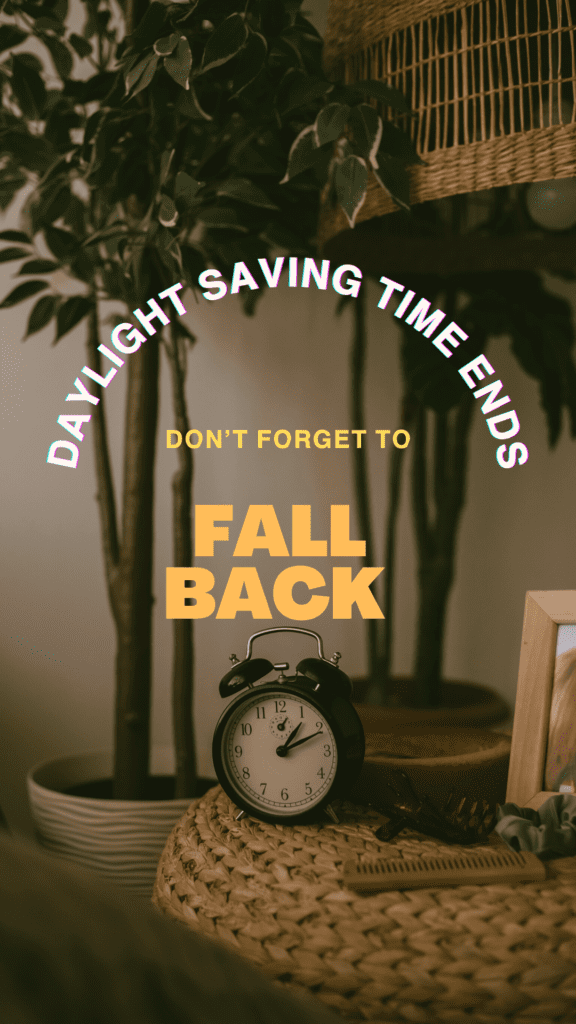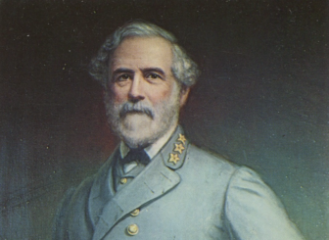The United States undergoes a biannual ritual that affects millions of people from coast to coast. As autumn unfolds and the crisp, cool air of November arrives, the days grow shorter, another seasonal change sweeps across the United States, heralding the end of Daylight Saving Time (DST). On the first Sunday of November each year, Americans set their clocks back by one hour, returning to Standard Time. Clocks “fall back” by one hour. This seemingly small shift has significant effects on daily life, ranging from sleep patterns to energy consumption, and even our mood.
It’s the end of Daylight Saving Time (DST), that annual shift
In Year 2023, Daylight Saving Time ends on 5 Nov, Sunday Event Type:Clock change/Daylight Saving Time
But why does this practice exist, what’s the history behind it, and how does it impact the lives of Americans?

The Origin of Daylight Saving Time
The concept of Daylight Saving Time was first proposed by Benjamin Franklin in a whimsical essay in 1784. However, the idea didn’t gain widespread traction until it was reintroduced during World War I as a means to conserve energy. The notion was to maximize the use of natural daylight and reduce the consumption of artificial lighting.
While DST was implemented during both World Wars to save energy, it was not consistently observed nationwide. It wasn’t until the Uniform Time Act of 1966 that DST was standardized across the country, allowing states to opt out if they chose.
The Twice-Yearly Time Change
In the United States, Daylight Saving Time typically starts on the second Sunday in March, when clocks are moved forward by one hour. This “spring forward” is heralded with the promise of longer days and more daylight. It continues through the spring and summer, extending evening daylight hours and encouraging outdoor activities.
However, as the days grow shorter, Daylight Saving Time comes to an end on the first Sunday in November. This is when the famous “fall back” occurs, and clocks are set back by one hour. While this means an extra hour of sleep for most, it also signifies the onset of winter, with shorter days and earlier sunsets.
The Pros and Cons of Daylight Saving Time
Daylight Saving Time has its proponents and critics. On the positive side, it is believed to reduce energy consumption, decrease traffic accidents during evening commutes, and provide more opportunities for outdoor activities during the summer. It can also be seen as a mental boost, as people appreciate the extended daylight.
Conversely, critics argue that the disruptions caused by the time change, especially the “spring forward,” can lead to sleep deprivation, health issues, and decreased productivity. There’s also the issue of coordination, as not all states observe DST, and some regions in states like Arizona and Hawaii opt out altogether.
The Impact on Daily Life
The end of Daylight Saving Time is a bittersweet occasion for many. It’s the moment when the realization sets in that the long, sun-soaked days of summer are giving way to the darker and cooler months of autumn and winter. As the evenings become darker earlier, people adjust their daily routines, with some feeling the effects of less daylight in their lives.
The time change also reminds individuals of the importance of time management. It prompts people to prepare for the upcoming holiday season, adjust their schedules, and adapt to the changing daylight hours. For parents, it may mean coaxing children to bed while it’s still light outside, and for professionals, it could entail navigating the daily grind with fewer daylight hours.
The end of Daylight Saving Time in the USA is a symbolic marker of seasonal change, a reminder of the ebb and flow of time, and a reflection of the intricate balance between human life and the natural world. While the time change has its share of supporters and critics, it remains a biannual event that many people adapt to, as they bid farewell to the warmth of summer and prepare for the cozy embrace of winter.




